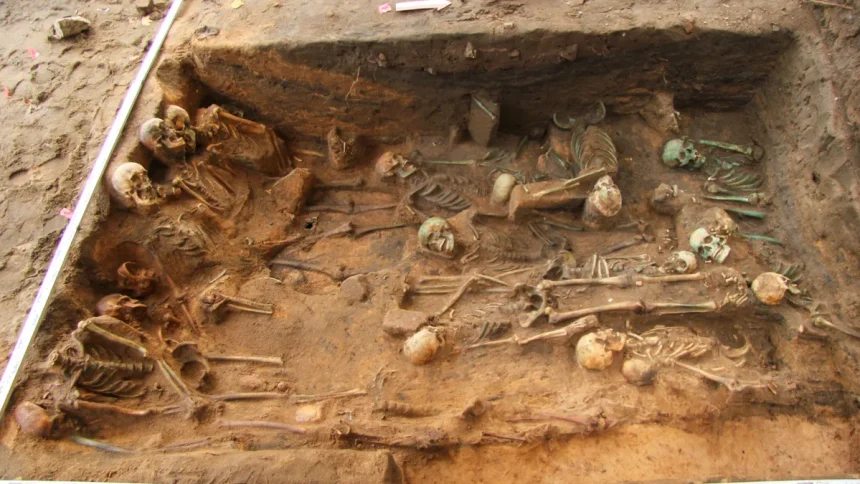Have Archaeologists Uncovered Europe’s Largest Mass Grave Linked to the Black Death?
It is perhaps the largest mass grave of its kind ever found in Europe, south of Germany: the skeletons of over 650 individuals, probably victims of a resurgence of the Black Death in the first half of the 17th century, have been identified in the center of the city of Nuremberg. Additionally, there might be a lot more that specialists need to excavate in the upcoming months.




